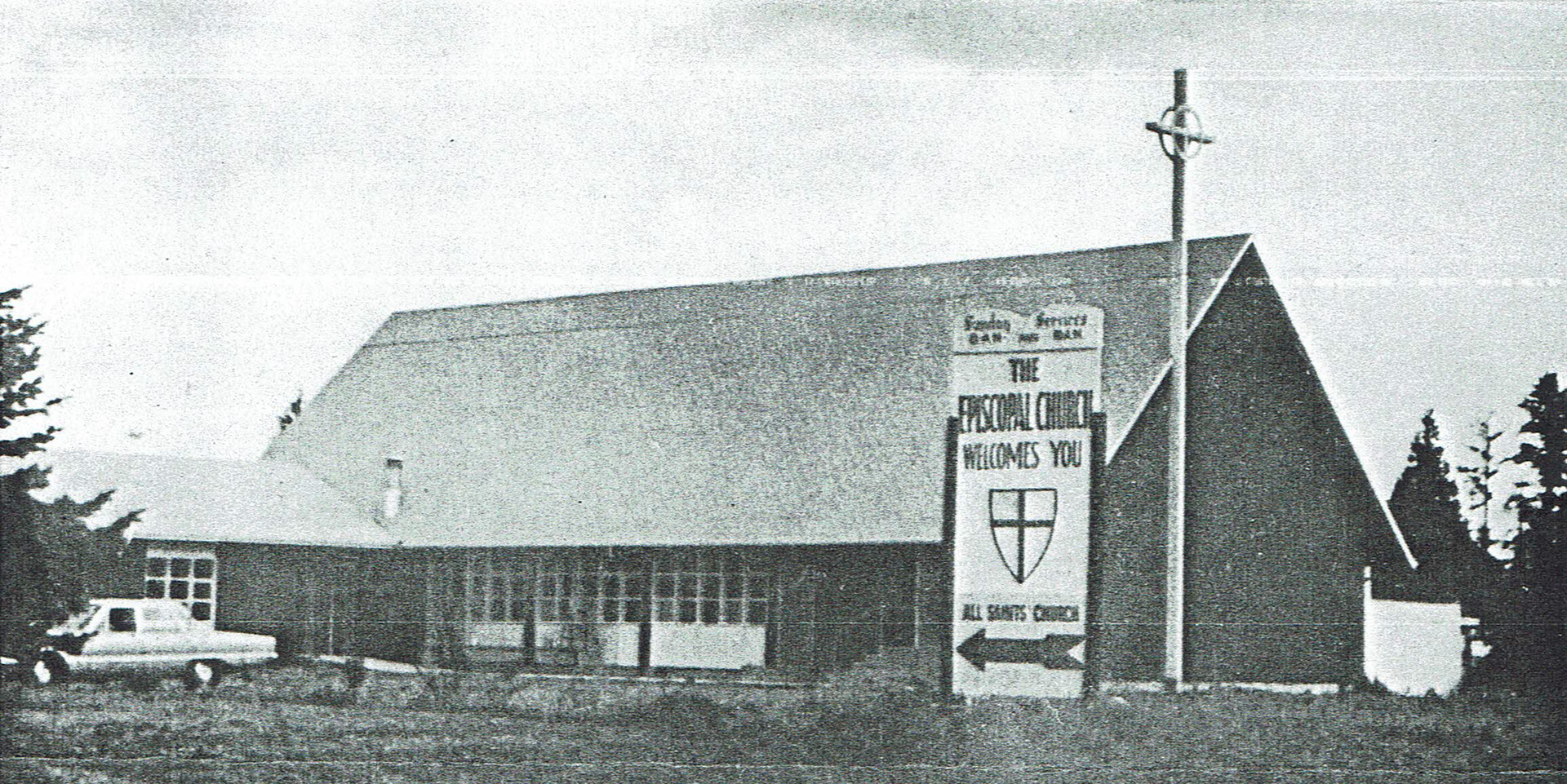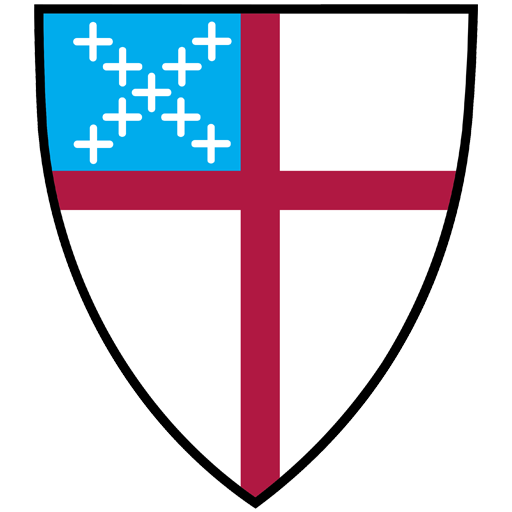by Father Jim Warnock

Lately I’ve been digging through the church archives. They’re located in a file cabinet in a dark corner of the vesting room. In the cabinet we have records of what was then called the “Ladies’ Guild” that go back to 1892 when the church was founded. There are also Bishop’s Committee minutes that go back at least to the 1950s along with church registers and a variety of other things. Most churches have these records. There is an official church archive in Texas, but parish records rarely seem to go there. This frustrated me greatly when I was a practicing historian, so now I look around for things in the churches where I serve.
Before I was ordained, I was the church archivist at St. Paul’s in Salt Lake City. I will always remember one incident from the vestry minutes of the 1920s. These were kept meticulously by a Professor of English at the University of Utah. The same twelve men served on that vestry continuously for over 20 years, so he knew them well and was able to record their stunned reaction when their rector resigned and left for Boston with no notice. They liked him and wanted him back, so one man was assigned to go to Boston and retrieve him. He did so and a meeting was scheduled to solve this mystery. I had been eagerly reading the minutes and I anticipated a resolution when I got to the relevant pages. There I found a blank sheet with the professor’s note that, due to the nature of the event, nothing would ever be spoken about it again. The priest went back to Boston. Recording the next vestry meeting, our professor noted that the men had fired their deaconess. In an aside, the professor remarked that they would never hire one again. Further details will be forever left to the imagination.
Our records aren’t so dramatic. They do reveal decades of public service which are impressive in their own way. The original Ladies’ Guild built interest by using a magic lantern. That device used glass plates imprinted with images or photographs which could be projected on a wall. It was quite popular in its time.
The Panic of 1893 inhibited construction of a building for the church which had been organized the preceding year, but the Ladies’ Guild devoted their resources to helping the poor in the area. They donated food and clothing and began quilting and rug making projects. The same Guild in the 1920s used their resources to demonstrate aluminum cookware to the neighborhood.
In 1933 All Saints’ Mission planted 117 Japanese cherry trees from along 96th from Park to East E Street. I’ve wondered if that had anything to do with the growing world tension after Japan’s invasion of Manchuria in 1931. Further research is required.
We also have some commentary on diocesan events. An anonymous correspondent informed the Ladies’ Guild about events at what I think was the 1921 diocesan convention. The Bishop of Spokane (Bishop Wells I believe) gave the main address on the theme of keep the home fires burning. He complained about lax moral standards like those which led Germany to start the recently concluded Great War (now called World War I since we’ve had a second). “While the church was not doing its whole duty, the fault was with the homes, that with present day amusements there was no home day.” He speculated that most families, given a choice between an automobile and fireplace, would choose the former, to the detriment of all. “He pities the children who never knew the joy of the open fireplace.”
The same convention spent much time discussing the role of women who, I think for the first time, sat with the men. Still, they had no voice in church affairs. The Bishop announced a resolution which would allow them to speak and vote. There was some fear that, if allowed, women would replace men at convention. Nonetheless a resolution was submitted stating men should be elected to vestries “and as many women also as there were men who were communicants should also be sent.” I’m not sure how that would work out, but it passed with only two dissenting votes.
I think we can say that much has changed since the founding of All Saints’, but that commitment to mission, to aiding our community, remains. We continue to collect clothing and toys for schools, and we help feed the Veterans’ Village. Our clergy discretionary fund has recently helped two people with rent relief. This is our way of presenting Christ to the world, and we hope to do more. It connects us with Anglican churches worldwide who do similar things in their communities. This is a good thing to contemplate as we enter a new year.
